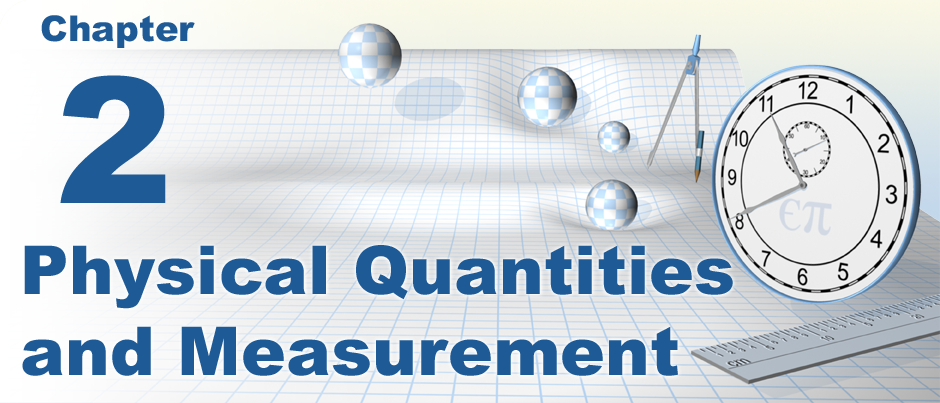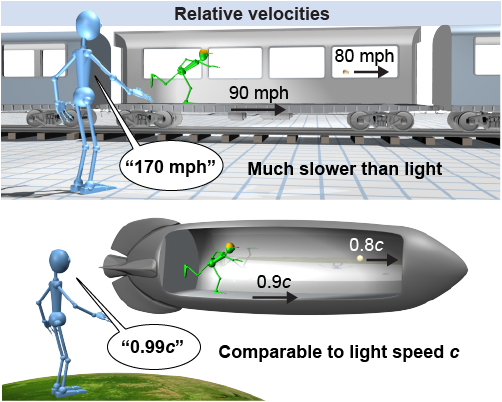 |
A young boy rockets off to Alpha Centauri, visits its famous zoo, and zooms back. He finds his twin sister has aged into an 80-year-old grandmother—even though he has hardly passed through adolescence. For now this is the stuff of science fiction. Or is it? After all, this twin paradox is a consequence of Albert Einstein’s theories of relativity, and the paradox has been demonstrated by real experiments (though not with people!). 
|
Einstein’s theory postulates that physical constants such as the speed of light shouldn’t depend on a particular observer’s state of motion. This may seem odd, because many everyday experiences—such as relative velocity—do depend on your frame of reference. 
|
 Imagine that a baseball pitcher on board a moving train hurls a fastball toward the front end of his compartment at 80 miles per hour (mph). A bystander watching from the platform sees the ball fly past her at 170 mph. Why? Because the train itself is passing her at 90 mph. Einstein didn’t disagree with this description of reality when the speeds involved were tiny fractions of the speed of light. But if the train were moving at nine-tenths the speed of light and the ball were thrown at another eight-tenths, the bystander would not see the ball exceed light speed (even though 0.8 plus 0.9 equals 1.7). Fast-moving (or relativistic) velocities add in a complicated way in Einstein’s theory of relativity!
Imagine that a baseball pitcher on board a moving train hurls a fastball toward the front end of his compartment at 80 miles per hour (mph). A bystander watching from the platform sees the ball fly past her at 170 mph. Why? Because the train itself is passing her at 90 mph. Einstein didn’t disagree with this description of reality when the speeds involved were tiny fractions of the speed of light. But if the train were moving at nine-tenths the speed of light and the ball were thrown at another eight-tenths, the bystander would not see the ball exceed light speed (even though 0.8 plus 0.9 equals 1.7). Fast-moving (or relativistic) velocities add in a complicated way in Einstein’s theory of relativity! 
|
Even stranger: if the pitcher had turned on a flashlight, both he and the bystander would measure the speed of the light beam as the same 671 million mph! Speed is length divided by time. The pitcher and the bystander can only measure the same speed of light if moving “rulers” shrink or “clocks” tick more slowly. These strange effects aren’t from the realm of science fiction; they impact our everyday technology, such as the clocks on global positioning system (GPS) satellites. 
|

